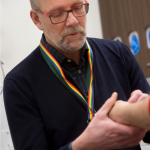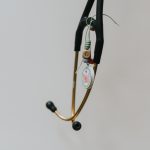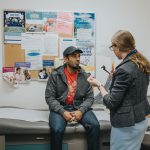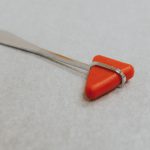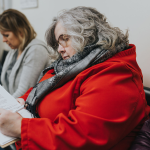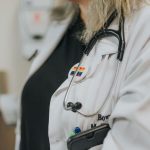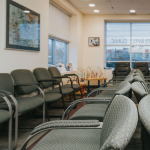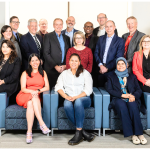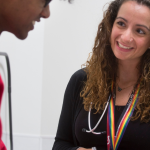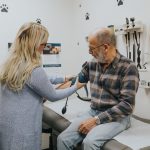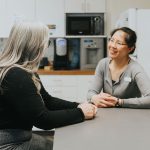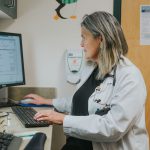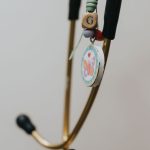What we’ve learned so far on the Path to Truth and Reconciliation
As CPSA takes early steps on our Path to Truth and Reconciliation, we continue to listen to and learn from the Indigenous Advisory Circle and First Nations, Inuit and Métis Peoples about ways we may contribute to safe, equitable health care. We have also begun looking into how CPSA has directly or indirectly contributed to healthcare harms Indigenous people continue to face.
We want to share with First Nations, Métis and Inuit Peoples, regulated members, and our health system partners what we have learned so far and how these learnings shape our approach to implementing the Path.
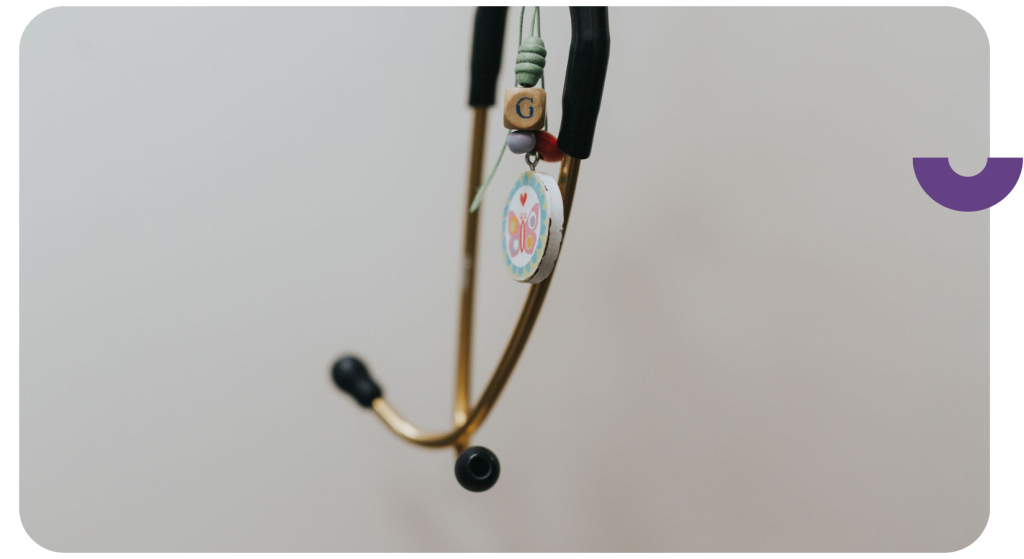
Warning: this content includes reference to residential schools and harms First Nations, Inuit and Métis Peoples have experienced in the health system and may bring up difficult emotions in those reading it.For anyone who has experienced these harms and may require culturally safe support, please contact:
|
CPSA’s why: drivers of the Path
Life expectancy and health disparities
In Canada, and here in Alberta, Indigenous Peoples consistently experience a substantially shorter life expectancy and significant health disparities compared to non-Indigenous people. The latest data on Indigenous health shines a light on this crisis.
Data from the Alberta First Nations Information Governance Centre and Alberta Health reveals the average First Nations life expectancy is now 19.1 years shorter than other Albertans. This alarming statistic means life expectancy in First Nations people in Alberta is now similar to life expectancy in Canada in the 1930s.
The continued impacts of colonialism influence the significant health disparities Indigenous Peoples in Canada experience. The Truth and Reconciliation Commission of Canada’s report “What We Have Learned: Principles of Truth and Reconciliation” sheds light on these health disparities, one of the legacies of residential schools:
When reporting on First Nations health in 1905, Indian Affairs Chief Medical Officer Dr. Peter Bryce wrote that ‘the death-rate is wholly abnormal…’ One hundred and ten years later [2015], there continue to be troubling gaps in health outcomes between Aboriginal and non-Aboriginal Canadians. For example:
- The infant mortality rates for First Nations and Inuit children range from 1.7 to over 4 times the non-Aboriginal rate.
- From 2004 to 2008, the “age-specific mortality rate” at ages one to nineteen in the Inuit homelands was 188.0 deaths per 100,000 person-years at risk, compared with only 35.3 deaths per 100,000 in the rest of Canada.
- First Nations people aged forty-five and over have nearly twice the rate of diabetes as compared with the non-Aboriginal population.
- First Nations people were six times more likely than the general population to suffer alcohol-related deaths, and more than three times more likely to suffer drug-induced deaths.
The overall suicide rate among First Nation communities is about twice that of the total Canadian population. For Inuit, the rate is still higher: six to eleven times the rate for the general population. Aboriginal youth between the ages of ten and twenty-nine who are living on reserves are five to six times more likely to die by suicide than non-Aboriginal youth.
– Truth and Reconciliation Commission of Canada
Anti-Indigenous bias in the health system
Longstanding anti-Indigenous racism in the healthcare system undermines equitable access to health care, which can be understood as a violation of charter, Treaty and human rights.
Alberta-based research
Recent Alberta-based research on the prevalence and characteristics of anti-Indigenous bias among Albertan physicians confirmed what Indigenous patients have reported: racism in the healthcare system is “alarmingly common.”
This 2023 survey found explicit anti-Indigenous bias was present among Alberta physicians, sharing that:
…about 10%–25% reported explicit anti-Indigenous bias and that overall, physicians had moderate implicit anti-Indigenous bias. Importantly, implicit anti-Indigenous bias … was greatest among white cisgender male physicians and least among BPOC cisgender female physicians. Older physicians, those practising in urban or large rural settings, those in surgical disciplines and those without academic affiliations had greatest implicit anti-Indigenous bias.
– Roach P, Ruzycki SM, Hernandez S, et al. Prevalence and characteristics of anti-Indigenous bias among Albertan physicians: a cross-sectional survey and framework analysis. BMJ Open 2023
According to the survey’s report, anti-Indigenous racism leads to “less acute triage scoring for First Nations patients presenting to the emergency department with the same visit reason as non-Indigenous patients, a greater prevalence of chronic and infectious diseases among residential school survivors, and a consistent lack of adequate resourcing for Indigenous communities.”
National context
In the 2024 journal article “Anti-Indigenous racism in Canadian healthcare: a scoping review of the literature,” authors Martin Cooke and Tasha Shields examine the impact of Indigenous-specific racism in Canadian hospitals, clinics, emergency rooms and other healthcare spaces on the average health of Indigenous people:
The experiences most often identified in the studies reviewed were various types of ‘covert’ racism. Fifty-five of 66 studies reported Indigenous people feeling that they were generally not treated well by healthcare providers. Specific types of behaviours identified included feeling ignored, feeling treated differently from other patients, feeling as though they had been treated more slowly, or not being listened to or believed by clinicians.
– Martin Cooke, Tasha Shields, Anti-Indigenous racism in Canadian healthcare: a scoping review of the literature, International Journal for Quality in Health Care, Volume 36, Issue 3, 2024
The article explores how some of the health inequities facing Indigenous people are “likely to be related to experiences with clinical healthcare, including a lack of access, a lack of cultural appropriateness of the healthcare provided, and poorer treatment provided to Indigenous peoples.”
Broken trust in CPSA and physicians
We have heard from the Indigenous Advisory Circle, our partners and Indigenous leaders that many Indigenous people’s trust in physicians and in CPSA has been broken.
Historically, broken trust has had many causes, including:
- medical harms to Indigenous children in residential schools and to Indigenous patients in what were known as Indian hospitals, including conducting research without informed consent.
- forced sterilization of Indigenous women and the roles of physicians and CPSA in Alberta’s eugenics program (also known as the Sexual Sterilization Board), which ran from 1928 to 1972.
- medical treatments performed on Indigenous patients without their informed consent.
Today, Indigenous people continue to face healthcare system barriers, racism and discrimination that contribute to broken trust. These include:
- a health system that perpetuates bias and discrimination against Indigenous patients, including physicians making assumptions about life choices, addiction, and alcoholism.
- Indigenous culture, community, spirituality and traditional healing practices being suppressed and dismissed, and not recognized as vital components of well-being.
- media coverage about acts of racism and discrimination by healthcare workers towards Indigenous patients, including:
- Joyce Echaquan in Quebec (Echaquan’s tragic death resulted in Joyce’s Principle)
- Dexter Adams in Alberta
- Myra Crow Chief in Alberta
- Brian Sinclair in Manitoba
This broken trust has very real impacts on health for First Nations, Métis and Inuit Peoples. From what we’ve heard, the lack of trust in physicians manifests as psychological, social, and emotional barriers to seeking care. Many Indigenous people only turn to physicians when their health has deteriorated to a crisis point. The effects on these individuals, their families and communities are often devastating.
There are many causes of broken trust in physicians, CPSA and the overall health system, and it will take action from all parts of this system to begin repairing trust and addressing health disparities.
Implementing the Path: our approach
While CPSA is finding our path forward, we recognize health system partners such as the Alberta Government are also prioritizing action to help improve health outcomes for Indigenous Peoples. We also know many healthcare practitioners—as individuals within our healthcare system—are making a difference every day in their approach to providing safe, equitable health care to their patients.
CPSA’s Path to Truth and Reconciliation outlines the actions we have begun undertaking that fit within our scope as Alberta’s medical regulator. How we walk on the Path is as important as the actions we intend to take. The Circle has guided us on grounding our approach in three main principles: informed decision making, collaborative engagement and consultation, and sustainable action.
Informed decision making
The first actions on the Path are rooted in listening to and learning from the experiences and wisdom First Nations, Métis and Inuit Peoples have shared by unpacking the Truth and Reconciliation Commission of Canada’s 94 Calls to Action and other foundational documents. We will also seek out direct input from Indigenous Peoples across Treaty 6, 7 and 8 territories about how trust in CPSA and regulated members may be earned. What we learn will inform our decision-making for subsequent actions on the Path.
Collaborative engagement and consultation
We have heard the call to action, “nothing about us without us,” which for CPSA means that our work for First Nations, Métis and Inuit Peoples is best developed through engagement and collaboration. This approach recognizes the Treaty Right to Health, and that Indigenous Peoples have a legislated right to active involvement in developing programs that affect them.
Through earning and maintaining reciprocal relationships rooted in cultural humility, we hope to invite ongoing input from First Nations, Métis and Inuit Peoples, including check-ins to assess the impact and effectiveness of our work.
Regulated members will also have insights and feedback to share and it will be important for us to seek their feedback during the development of any standards, policies and guidance towards improved physician-patient experiences.
Sustainable action
The Path outlines actions we can take to strengthen our regulatory functions in a way that supports First Nations, Métis and Inuit Peoples, our team and regulated members.
The journey ahead of us requires change, both large and incremental. The Path is not linear, nor is it short term. Some Indigenous partners have described this work as generational, and the resulting relationships and outcomes will require CPSA’s sustained, long-term commitment for many years.
Learn about CPSA’s Path to Truth and Reconciliation >
Have questions?
Phone: 780-423-4764
Toll-free: 1-800-561-3899 (in Canada)
